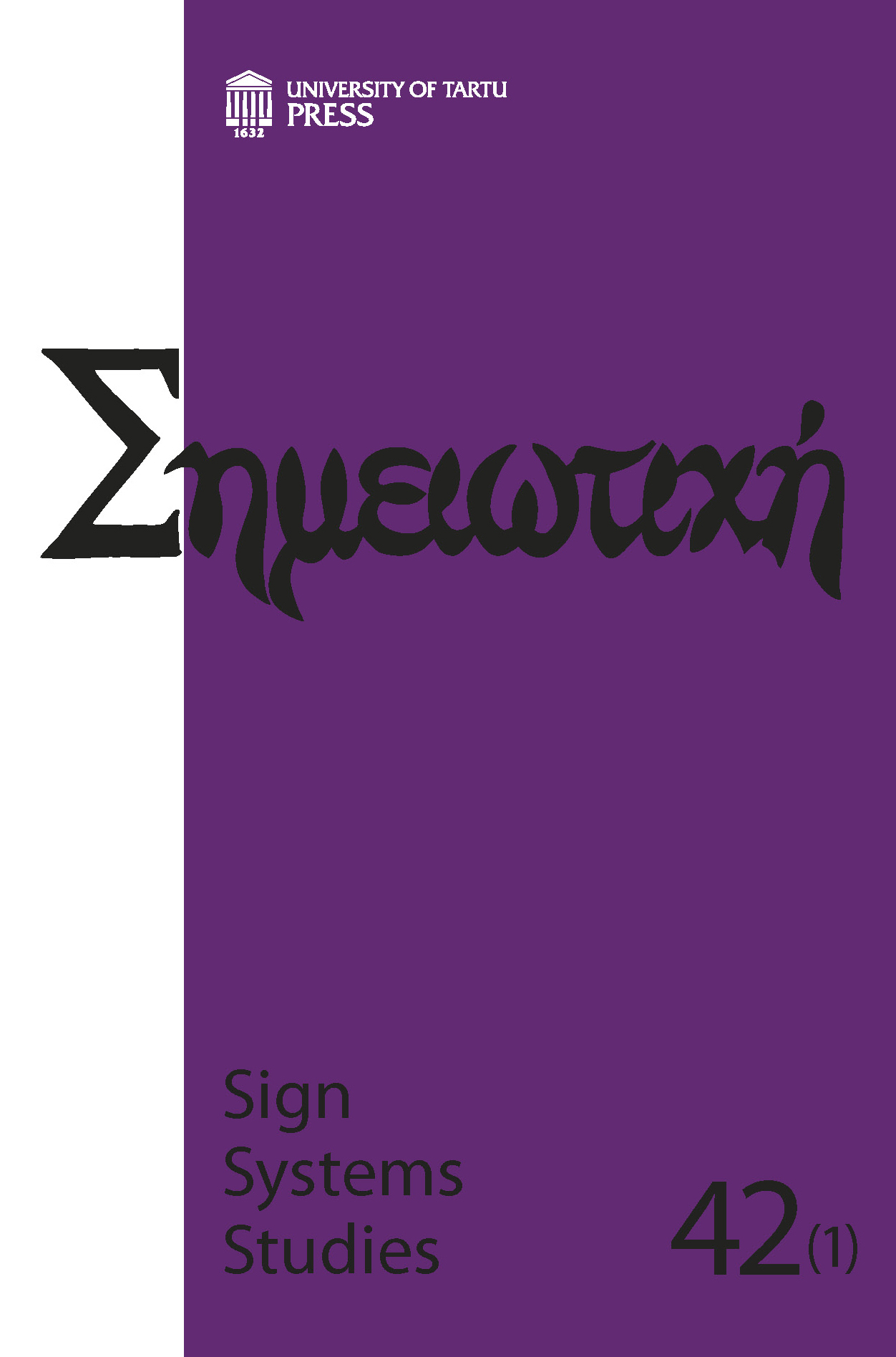Communicating the ideas and attitudes of spying in film music: A social semiotic approach
DOI:
https://doi.org/10.12697/SSS.2014.42.1.04Keywords:
Bond theme, music, social semiotics, multimodality, discourse, ideologyAbstract
Taking the example of two 1960s popular spy films this paper explores how social semiotics can make a contribution to the analysis of film music. Following other scholars who have sought to create inventories of sound meanings to help us break down the way that music communicates, this paper explores how we can draw on the principles of Hallidayan functional grammar to present an inventory of meaning potentials in sound. This provides one useful way to describe the semiotic resources available to composers to allow them to communicate quite specific ideas, attitudes and identities through combinations of different sounds and sound qualities, by presenting them as systems of meaning rather than as lists of connotations. Here we apply this to the different uses of music and sound in Dr No and The Ipcress Files which allows us to show how we can reveal different ideologies of spying.Downloads
Download data is not yet available.
Downloads
Published
2014-05-26
How to Cite
Griffith, F., & Machin, D. (2014). Communicating the ideas and attitudes of spying in film music: A social semiotic approach. Sign Systems Studies, 42(1), 72–97. https://doi.org/10.12697/SSS.2014.42.1.04
Issue
Section
Articles


